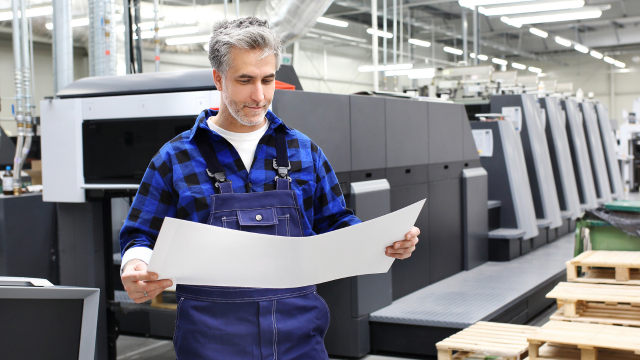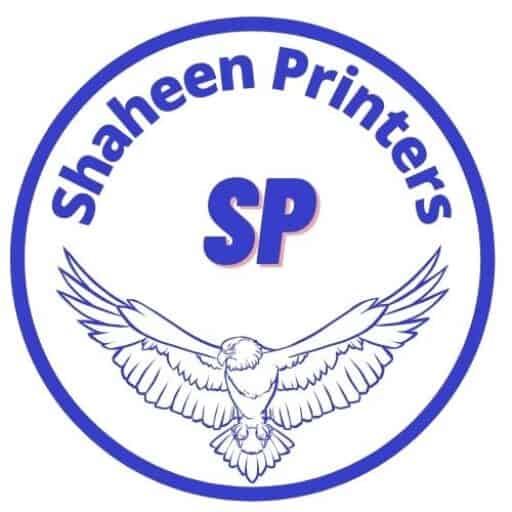In the ever-evolving world of publishing, offset printing has stood the test of time as a reliable and cost-effective method for producing books and magazines. While digital printing has gained popularity in recent years, offset printing continues to hold its ground, offering a unique set of advantages. In this article, we will explore the world of offset printing, its benefits, and why it remains a timeless choice for publishers.
Understanding Offset Printing
Offset printing, also known as lithography, is a traditional printing method that involves transferring ink from a plate to a rubber blanket and then onto the printing surface. This indirect printing process is known for its precision and quality, making it ideal for producing large quantities of high-quality printed materials.
The Offset Printing Process
- Plate Preparation: Offset printing begins with creating plates for each color in the design.
- Ink Application: Ink is applied to the plates, with each plate representing a specific color in the final print.
- Image Transfer: The inked image is transferred from the plates to a rubber blanket.
- Printing: The rubber blanket transfers the image onto the printing surface, typically paper.
Advantages of Offset Printing
Offset printing offers several distinct advantages, which contribute to its continued popularity:
1. Exceptional Image Quality
Offset printing delivers sharp and vibrant images, making it ideal for books and magazines with intricate illustrations and high-resolution photographs.
2. Cost-Effective for Large Runs
When it comes to producing large quantities of books and magazines, offset printing offers a lower cost per unit, making it a cost-effective choice for publishers.
3. Versatility in Paper Options
Publishers can choose from a wide range of paper options, including different weights, finishes, and sizes, allowing for customization to suit specific publication needs.
4. Consistency in Color
Offset printing ensures color consistency across all printed materials, essential for maintaining brand identity and quality standards.
Offset vs. Digital Printing
While digital printing has gained ground in recent years due to its short-run capabilities and variable data printing, offset printing still holds its own in various aspects.
When to Choose Offset Printing
- Large Print Runs: Offset printing is the go-to choice for publishers needing thousands of copies of books or magazines.
- High-Quality Requirements: If image quality and color accuracy are paramount, offset printing is the superior option.
- Customization: Offset printing allows for extensive customization, from paper selection to finishing options.

When to Opt for Digital Printing
- Short Runs: For small print runs or on-demand printing, digital printing offers cost-effective solutions.
- Variable Data: If you require personalized content for each copy, digital printing can easily accommodate variable data printing.
- Quick Turnaround: Digital printing provides shorter turnaround times, ideal for projects with tight deadlines.
Sustainable Printing Practices
In an era where sustainability is a key concern, offset printing has adapted to become more environmentally friendly. Many offset printers now use soy-based inks and implement eco-friendly processes, reducing their carbon footprint.
Conclusion
Offset printing continues to be a timeless choice for publishers of books and magazines, offering exceptional image quality, cost-effectiveness for large runs, versatility in paper options, and color consistency. While digital printing has its advantages, offset printing remains the preferred method for projects that demand the utmost in quality and customization.
FAQs
Is offset printing suitable for small print runs?
Offset printing is more cost-effective for large print runs. For small quantities, digital printing may be a better choice.
How does offset printing contribute to sustainability?
Many offset printers use soy-based inks and eco-friendly processes, reducing their impact on the environment.
Can offset printing handle variable data printing?
Offset printing is not well-suited for variable data printing. Digital printing is a better option for personalized content.
What is the typical turnaround time for offset printing projects?
Turnaround times for offset printing can vary but are generally longer than digital printing due to the setup involved.

